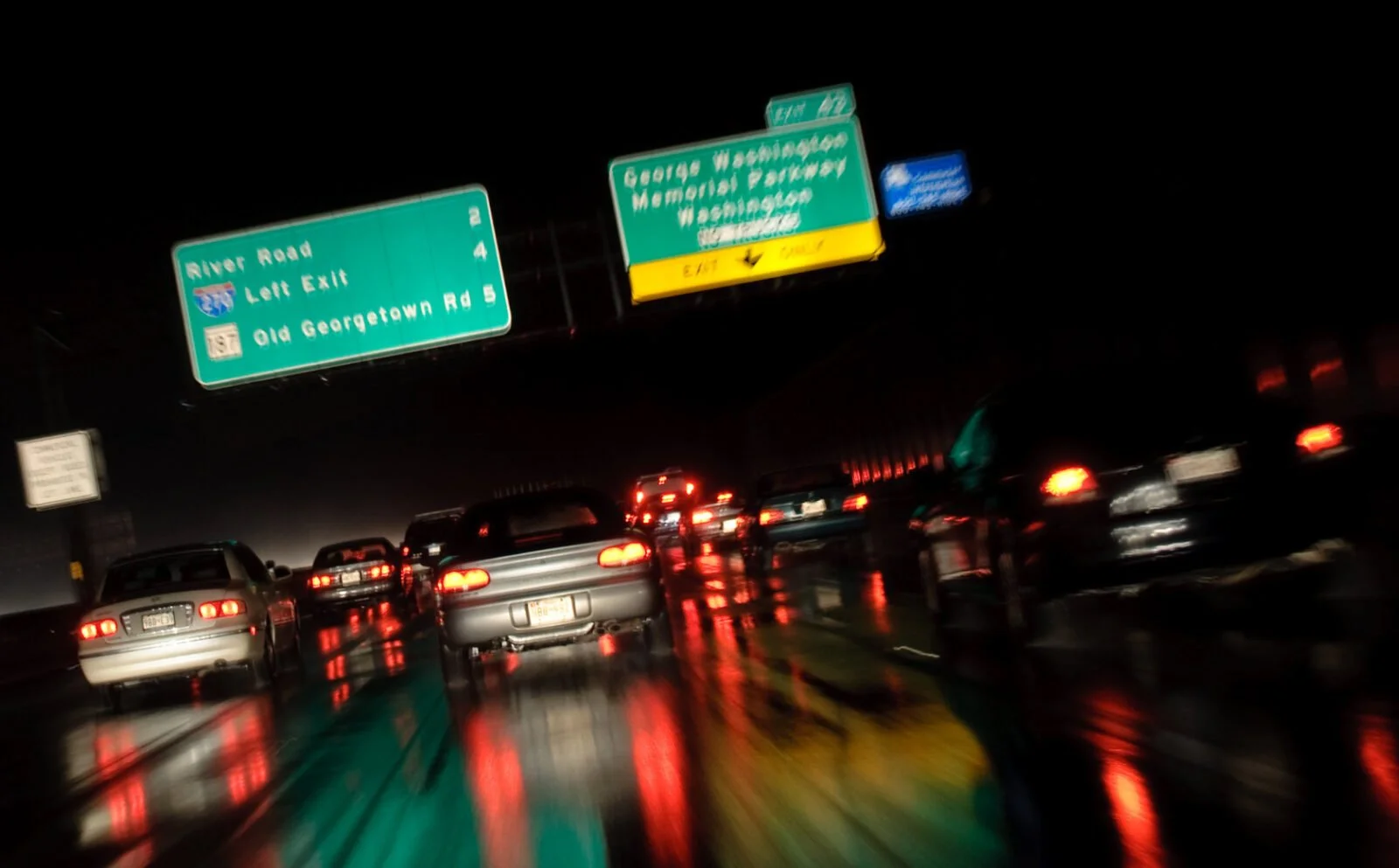The Bridgerton Experience. The Friends Experience. The Office Experience. The Sleepy Hollow Experience. The Little Mermaid Experience. The Van Gogh Experience. The...
The “immersive experience” is the latest trend in entertainment around D.C., seemingly replacing the D.C. pop-up bar mania of yore (see: the Game of Thrones pop-up, the short-lived Rick and Morty pop-up, the one that was literally just trash…again the list goes on). Most of the “experiences” are on national tours, taking place in vacated storefronts across the U.S. At most, they’re billed as a chance to escape reality and play pretend in a world resembling your favorite television show or Disney movie — and at the least, it’s an afternoon spent sitting on a couch in an abandoned retail space, and paying $40 to do so.
But what is an immersive experience really?
Some of them, like the Little Mermaid Experience or the Sleepy Hollow Experience, are branded as “immersive cocktail experiences,” but what is a cocktail – a drink you taste, smell, touch (with your tongue) – if not an immersive experience? The Queen’s Ball: The Bridgerton Experience, which wrapped its time in D.C. earlier this summer, invited guests to dress in their regency-era best, dance with paid actors, and drink fancy cocktails, while surrounded by a 19th century ballroom set.
Other television-based experiences, like the Friends Experience, recreated a replica Central Perk inside a vacant downtown Forever 21 (bleak), giving Friendsheads a chance to indulge in the fictional world and probably revel in some nostalgia. The Forever 21 will transform from Greenwich Village to Scranton, Pennsylvania (bleaker) when “The Office Experience” fills the same spot next week, and just a few blocks away, a shuttered Bed Bath and Beyond is currently staging an immersive Banksy exhibit.
The definition of “immersive,” according to the Merriam-Webster Dictionary, is: “providing, involving, or characterized by deep absorption or immersion in something (such as an activity or a real or artificial environment).” The definition of experience, according to the same tried-and-true source, is: “something personally encountered, undergone, or lived through.”
If we put these two words together and work with that definition — something personally encountered that provides, involves, or is characterized by deep absorption — then surely, there are other things, many things, maybe even infinite things, we encounter in D.C. that could be immersive experiences?
Here are some D.C.-specific things that DCist/WAMU believes could, if you think about it, also be considered immersive experiences:
A 7000-series train.Jordan Pascale / DCist/WAMU
Riding the Metro when your line is single tracking
You see “DLY” on the insides of your eyelids when you close your eyes in pain. There’s no telling when you’ll finally see the train’s lights coming down the tunnel, but the tunnel is still all you can look at. Extra immersive points go to this one for being underground.
The Pentagon City Mall.Ben Schumin / Flickr
Pentagon City Mall food court during middle school trip season
The Bridgerton Experience described itself as “blurring the boundaries between fiction and reality,” and there is nothing quite like waiting for an Auntie Anne’s pretzel while you’re flanked on all sides by tweens in matching t-shirts to induce a fever-dream-esque mindset.
The BeltwayMichael Galkovsky / Flickr
Driving on the Beltway at literally any time ever
Hands are sweaty, light are flashing, horns are honking but it’s not clear at who. Siri tells you you need to be in the right lane in 0.2 miles and currently, you’re four lanes over to the left. Panic is setting in. You’re immersed, all right. Anxiously so.
The National Mall.blue velcro / Flickr
Dodging tourists on scooters at the Mall
This one has an element of suspense, shock, and surprise; you never know when you might need to step out of the way, and sometimes there’s a thrill when you just barely avoid being run down by a Lime scooter. It’s almost like a real-life video game.
Shopping carts outside the Columbia Heights Target.Intangible Arts / Flickr
Columbia Heights Target
Nearly every week, we have at least one overheard submitted from the Columbia Heights Target, usually eavesdropping on someone’s strange shopping list, or commenting on the music played (Why is it always Maroon 5?). In many ways, Target fits the traditional “immersive experience” profile, in that you’re in a physical building, surrounded by a lot of other people, spending money.
A pop-up COVID testing site in D.C.Ted Eytan / Flickr
Getting COVID tested
The most wholesome and health-conscious immersive experience of them all. While at-home rapid tests have largely replaced D.C.’s pop-up PCR testing sites, during the earlier days of the pandemic, a swab up the nose might have been the only close interaction one had with another human all week.
Wegmans’ opening day line in D.C.Aja Drain / DCist
Waiting in line
Whether it’s for a new grocery store, a bagel, a COVID test, a cupcake, Yayoi Kusama tickets — D.C. residents are quick to queue up for [insert whatever the new thing is]. The lines might often be outside, but those waiting are immersed inside the zeitgeist.
A smiley face balloon.pawsitivecandie_n / Flickr
Life?
Not to get too philosophical, but to get philosophical, one could argue that life itself is just one long immersive experience. We’re all immersed in our own experiences, all of the time — and frankly, right now, that’s probably a little overwhelming to endure.
Maybe that’s why paying $40 to break from reality in a gutted department store is enticing in 2022? Perhaps we’ve answered our own question.









